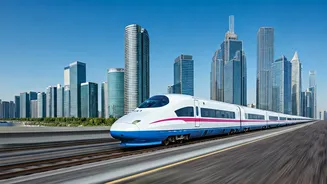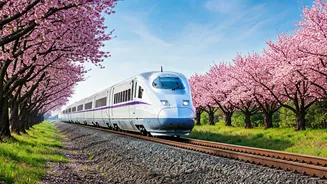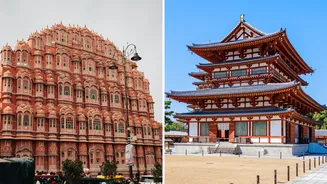Nagoya's Tourist Challenge
Nagoya, a major Japanese city, struggles with a perception problem. Despite being the fourth-largest in the nation, it is frequently viewed as uninteresting
by visitors. This isn't just a matter of local pride; it also directly impacts the tourism industry in the city. Other major Japanese cities like Tokyo, Kyoto, and Osaka often steal the spotlight, leaving Nagoya to work harder to grab tourists’ attention. The city knows it has an image issue and is keen to reshape its reputation to attract a broader audience. Therefore, it is actively working on strategies to showcase its distinctive features and offer tourists experiences different from the usual highlights. In an age where cultural experiences and unique destinations are highly sought after, Nagoya is positioning itself as a place to be discovered rather than easily dismissed.
Beyond the Stereotypes
To fully appreciate Nagoya, one must look beyond superficial judgments. The city offers a unique blend of modern advancements and traditional culture. Its historical sites, like Nagoya Castle, provide a fascinating look at Japan’s rich past. Simultaneously, the city has a vibrant industrial sector, being a center of innovation. Nagoya’s cultural landscape is also rich. It boasts distinctive culinary traditions, with local specialties that are not commonly found in other parts of Japan. Moreover, the city’s museums and art galleries offer insightful experiences. This mixture of old and new makes Nagoya stand out and offers visitors opportunities to see aspects of Japan that are slightly different from those usually visited. It is in this diversity that Nagoya offers a more authentic experience.
Attracting the Curious
Nagoya actively seeks to redefine its tourism approach. Instead of merely mimicking the popular choices of other cities, it promotes its unique features. This includes focusing on the local cuisine, showcasing its industrial heritage, and emphasizing the distinct cultural offerings of the city. The city is developing targeted marketing campaigns to reach specific visitor groups. This approach involves improving tourism infrastructure, offering multilingual support, and creating diverse tour packages designed to engage specific interests. By highlighting its lesser-known attractions and catering to niche interests, Nagoya is aiming to create a unique travel experience, encouraging visitors to explore its unique characteristics and discover the true essence of the city.
A City's Transformation
Nagoya's efforts to redefine its image and appeal to a broader tourist market are evident. Through strategic investments in tourism, the city is enhancing its appeal. The upgrades involve improving accessibility, promoting local businesses, and creating a welcoming atmosphere for all visitors. This approach includes enhancing public transport, offering better accommodation options, and ensuring that tourist information is readily accessible. Nagoya's evolution shows its adaptability, transforming from a largely industrial area into a dynamic city eager to embrace tourism. As it develops, Nagoya is becoming a place of discovery, where tourists can experience a combination of innovation, history, and distinct Japanese culture.















